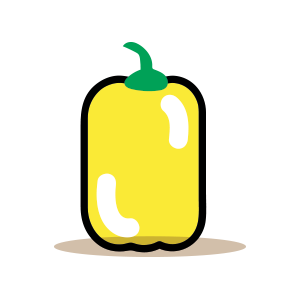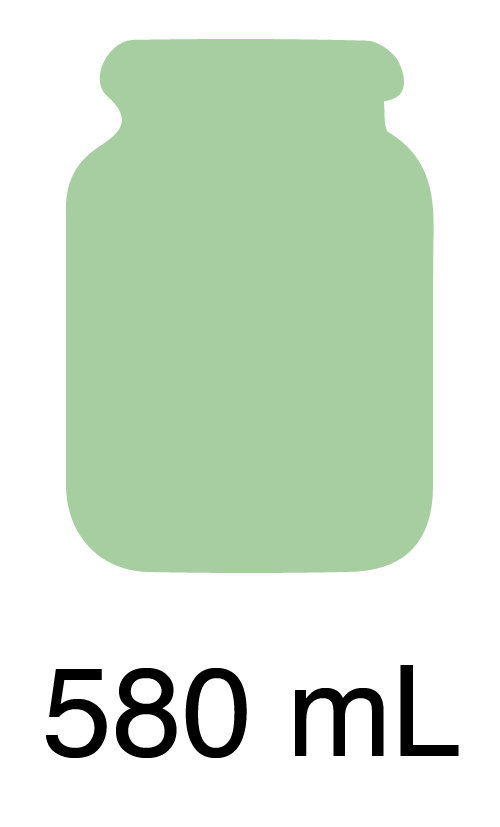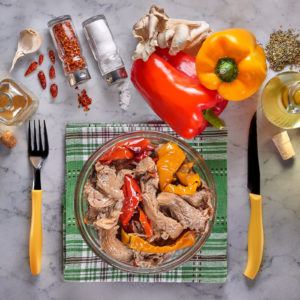Additional information
| Source area | Nola countryside - Italy |
|---|---|
| Nutritional Intake | Eggplant is a good source of potassium, phosphorus, calcium, magnesium, zinc, iron, selenium and sodium. The fresh vegetable is rich in vitamins such as vitamin A, J, E, and beta carotene. Moreover, it is full of antioxidants like tannins, chlorogenic acid and its derivatives, quercitin, nasunina and delphinidin. |
| Period of transformation | From the second week of July to the first week of September. |
| Trivia | It is advisable not to eat raw eggplant, as it is rich of toxic thermolabile substances like solanine and nicotine. The high content of the latter (100 ng/100g ) corresponds to the same quantity of nicotine contained in a cigarette. |
| Source area | Nola countryside - Italy |
|---|---|
| Nutritional Intake | A vegetable with good content of potassium, phosphorous, calcium, magnesium, zinc, iron, selenium and sodium. The fresh vegetable contains glucose, sucrose and soluble fibers and is rich in vitamin A, B6, E, J and K1, beta carotene, lutein, capsanthin, capsorubin and zeaxanthin. It is also full of antioxidants and polyphenols like ellagic acid. Capsaicin (1,5%) gives to its seeds a mild spiciness. |
| Period of transformation | From the second week of July to the first week of October. |
| Trivia | This particular variety gets its name, Capiscum Annum, from its empty box-shaping. (from Latin capsa=box). Each color means a different taste: GREEN: green peppers are less mature and rich in chlorophyll, magnesium, pectin and polysaccharides which nourish and support the plant. RED: antocyanic concentrations and lycopene give this bright color to the vegetable, full of antioxidant properties. YELLOW: rich in carotenoids, phyto colorants and antioxidants. |





 Eggplants 35%
Eggplants 35% Peppers 25%
Peppers 25% Sunflower olive oil
Sunflower olive oil Sea salt
Sea salt White vinegar
White vinegar Garlic, oregano, chili pepper.
Garlic, oregano, chili pepper.









